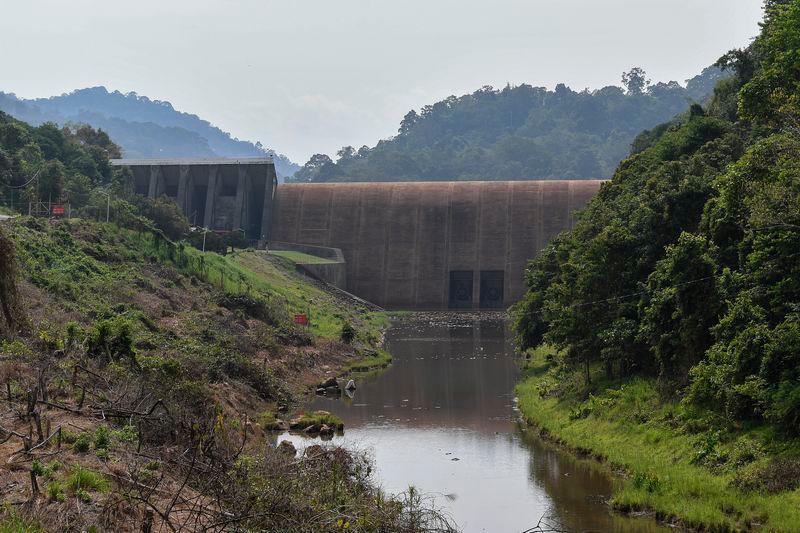ALOR SETAR: All existing dams in Kedah will store water as much as possible to face the expected longer dry season next year.
Kedah Public Works, Natural Resources, Water Supply and Resources and Environment Committee chairman Mohamad Yusoff Zakaria said the release of water from the dam for domestic and agricultural use will be controlled according to current needs.
“This release of water is done according to certain standard operating procedures, it is not released just like that,“ he said during the oral question session at the Kedah State Legislative Assembly here today.
He was replying to Datuk Dr Hayati Othman (PN-Tokai) regarding the preparation of the Kedah State Water Resources Board (LSANK) in facing a long drought next year as predicted by the Malaysian Meteorological Department.
Mohamad Yusoff said LSANK has a short-term and long-term plan to ensure that the water supply is always sufficient for domestic and agricultural use in the state.
According to him, for the short-term plan, LSANK will submit an application to the National Disaster Management Agency (NADMA) for cloud seeding operations (OPA) in the catchment area and this year it was done from July 29 to 31.
He said that the implementation of the OPA involves the catchment area of ??the Muda Dam and Pedu Dam and the operation will continue from time to time as needed to increase the water storage capacity in the dam.
As for the long-term plan, he said LSANK has applied to the Ministry Energy Transition And Water Transformation (PETRA) for the development of water reservoir (TAPS) ponds under the 12th Malaysia Plan (12MP).
“There are 27 sites in the Sungai Muda Basin that have been identified as having the potential to be developed. Under 12MP, there are three proposals for the development of TAPS ponds along the Sungai Muda basin and one in the Sungai Kedah basin,“ he said.
In addition, he said LSANK plans to submit more applications under 13MP for the development of TAPS and low dams along the Sungai Muda basin.
According to him, the development of a low dam near the intake point of the water treatment plant (WTP) will help increase the water level in the intake area during the dry season and help reduce disruption to WTP operations.









